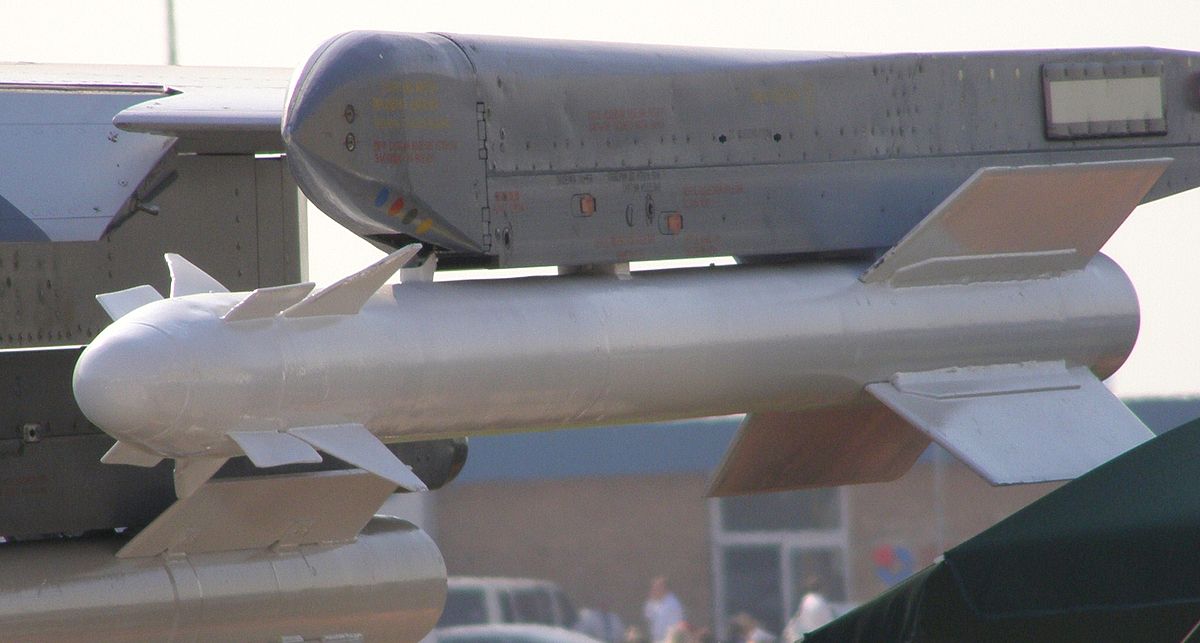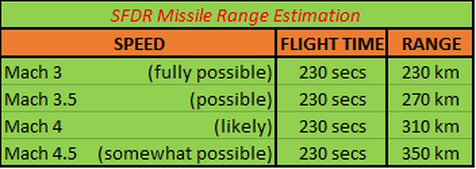Raj Malhotra
New Member
- Joined
- Aug 13, 2009
- Messages
- 1,514
- Likes
- 3,382
Someone tell this to Indian Hating Indian ass, that QRSAM also faces similar challenges which have been successfully met. Also secondary role of Astra was always CCM.Why Astra MK1 to Astra CCM won’t be easy for India
Published September 18, 2017 SOURCE: Anand SG / FOR MY TAKE / IDRW.ORG

R-73 used for Representation Pic
Enforcing Air Superiority in a war always will remain a primary factor for Indian Air Force and critical driving force which will factor in will be Air-Air Missile (AAM) deployed. AAMs now not only determine the outcome of a dogfight but it will also determine the outcome of the war. In the pursuit to enforce Air Superiority doctrine and boost its fighter weapon system design and development. India’s premier weapons research and development organization ” DRDO” achieved an important milestone when its Astra MK1 Beyond Visual Range Air-to-Air Missile (BVRAAM) achieved 7 Successful launch and interceptions of Aerial targets tested out in real combat situations with indigenous seeker thus completing its developmental trials which first begin in 2003. Astra MK1 will enter limited production with 50 units and will enter Batch production in coming following years and for the first time, DRDO Chief acknowledged Astra has opened up doors to further develop newer other variants of Air-Air Missiles which will provide indigenous alternatives to fighter weapon systems. Path DRDO has taken is that a Successor program already has been initiated and will use Next Generation Propulsion system along with improved range to provide Indian Air Force next-generation Beyond Visual Range Air-to-Air Missile. Research and Development with help from Russia already have been initiated and Ground firing trials along with engine trials should commence soon. Recent reports also hint that IAF and DRDO have begun talks on the development of another important aspect in Air-to-Air Weaponry that is the development of Withing Visual Range (WVR) or Close Combat Missiles (CCM) Air-to-Air Missiles. Astra BVRAAM program has provided enough of basic research data to work on Close Combat Air-to-Air Missiles, but it is also an acknowledged fact that CCM is also much more difficult to develop then BVRAAMs due to the exceptional performance required at such short range leaving were no room for error in a dogfight. CCM plays a vital and critical role in operational deployment for Indian air force since most of the forward bases between India and Pakistan are just a few minutes away from flight time and chances of deployment of BVRAAMs are quite low in a dogfight. IAF has in their possession framed R-73 Archer, MICA and Python-5 CCMs which are world renowned for their technical superiority at short range dogfights and for Indian alternative CCM it will need to be a world beater and maybe even technologically superior to the existing systems. Close Combat Air-to-Air Missiles need high angular tracking rates, superior aerodynamics agile performance and one of the best seekers to defeat a rival in a dogfight. Since the range between two aircraft sometimes is less than 300 meters, CCM Seekers need to operate at high turn rates while carrying out violet maneuvering in engagement geometry where Air Intercept Radar still has not achieved a Lock on of the target. Also, Close Combat Air-to-Air Missile motor is required to work in sync with seeker and onboard processor to achieve No Escape zone against a high maneuvering target at close range. Use of Thrust vectoring nozzles and flight homing algorithm also plays a critical role. Another set of challenges is that the aerodynamic design of a CCM is usually much more complex since it needs to provide the best of stability at a high angle of attack and also be capable of pulling much more G Capabilities then BVRAAMs.
Conclusions
Development of CCM will no doubt will bring in the complex set of challenges for DRDO and quick turnaround should not be expected from them. In fact, average development time for CCM usually have been 12-15 years even in the western countries which have more established defense sector, but Within Visual Range (WVR) or Close Combat Missiles (CCM) Air-to-Air Missiles still remain a vital component of every fighter jet and will continue to do so even in future, when the world is already making a gradual shift towards 5th generation fighter jets which usually try to avoid dogfights to remain invisible at long ranges .
http://idrw.org/why-astra-mk1-to-astra-ccm-wont-be-easy-for-india/ .











